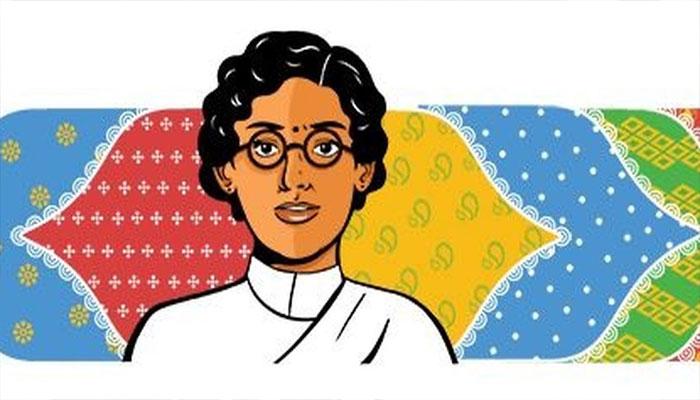Anasuya Sarabhai honoured by Google Doodle on her 132nd birth anniversary
Back home in Ahmedabad, Sarabhai started to work with disempowered women, particularly taking on the cause of local mill workers after learning of their 36-hour work shifts.
Trending Photos
)
New Delhi: Honouring Anasuya Sarabhai, the pioneer of the women's labour movement in India, search engine Google on Saturday dedicated Doodle on her 132nd birth anniversary.
Sarabhai was born in Ahmedabad on 29 November 1890 into the Sarabhai family of Sarabhai and Godavariba, a gavar family of industrialists and business people. Both her parents got jail when she was nine, so she, her brother Ambalal Sarabhai, and a younger sister were sent to live with an uncle. She was in a long -lived and happy child marriage at the age of 40.With the help of her brother, she went to England in 1921 to take a medical degree, but switched to the London School of physics when she realised the animal dissection involved in obtaining a medical degree was in violation of her Jain beliefs. While in England, she was influenced by the Fabian Society and got involved in the Suffragette movement.
She returned to India in 1913 and started working for betterment of women and the poor. She also opened a school. She decided to get involved in the labour movement after witnessing exhausted female mill workers returning home after a 36-hour shift. She helped organise textile workers in a 1914 strike in Ahmedabad. She was also involved in a month-long strike in 1918, where weavers were asking for a 50 percent increase in wages and were being offered 20 per cent. Gandhi, a friend of the family, was by then acting as a mentor to Sarabhai.Gandhi began a hunger strike on the workers' behalf, and the workers eventually obtained a 35 percent increase. Following this, in 1920, the Ahmedabad Textile Labour Association (Majoor Mahajan Sangh) was formed.
Google describes her saying, ”Back home in Ahmedabad, Sarabhai started to work with disempowered women, particularly taking on the cause of local mill workers after learning of their 36-hour work shifts. In 1914 she helped Ahmedabad’s weavers successfully organize their first strike for higher wages. In the years that followed, she went on to become their most vocal supporter, negotiating with mill owners (including her brother) for better working conditions.”
The doodle was created by Maria Qamar, the Pakistani-Canadian artist and author.
Stay informed on all the latest news, real-time breaking news updates, and follow all the important headlines in india news and world News on Zee News.
Live Tv







)
)
)
)
)
)
)
)
)
)
